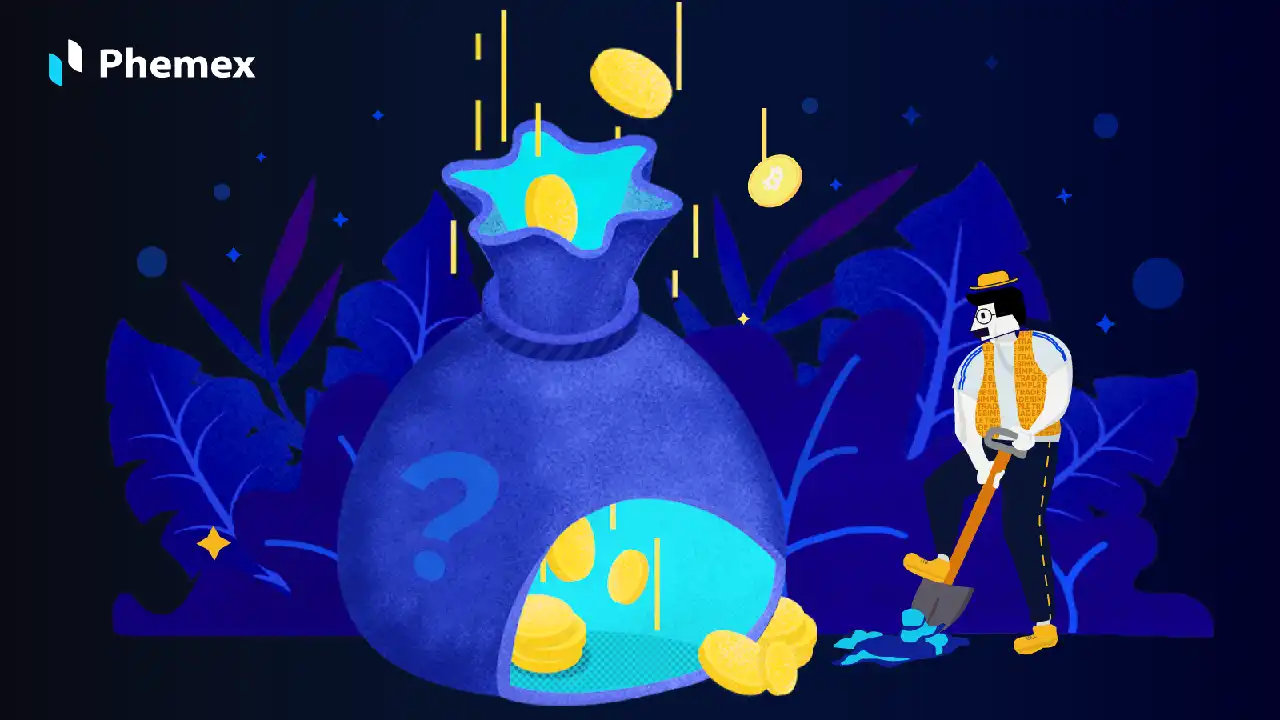Business
Best Staking Coins: A simple guide – Phemex

Passive income is highly appealing to investors, but there are differing opinions on whether cryptocurrencies can contribute to this income stream. It’s essential to correct this misconception, as there are various ways in which your digital assets can generate income, such as through staking and multiple reward systems. Participating in these initiatives by locking up your cryptocurrencies supports specific blockchain networks, leading to staking rewards. Choosing an optimal cryptocurrency exchange is vital for those interested in staking or digital currency reward programs, ensuring access to the best tools and returns.
Crypto staking refers to the act of depositing digital currency into a wallet and keeping it there to assist proof-of-stake (PoS) blockchains in validating transactions. Participants who contribute to transaction validation are rewarded with additional cryptocurrency.
Staking and mining are two distinct operations, though both can generate income. Staking platforms cater to both proof of work (PoW) and PoS coins, while mining is exclusive to PoW systems. Blockchain transactions can be validated by both PoW and PoS mechanisms, eliminating the need for third-party intermediaries such as banks or other financial institutions. Their energy consumption differentiates these two processes. To start staking, one must first acquire PoS coins.
- Tether (USDT)
If you’re anxious about potential fluctuations in the value of your staked coins, consider staking a stablecoin. Choosing the best stablecoin to stake is subjective, but Tether (USDT) stands out due to its significant trading volume. The large USDT volume facilitates easy swapping for other appealing tokens, enhancing liquidity.
- Ethereum 2.0 (ETH)
After Bitcoin, Ethereum 2.0, or Eth2, is the most popular cryptocurrency provider globally and is among the top staking coins. To stake on the core Ethereum layer, a minimum of 32 ETH is required. However, third-party staking protocols like Lido Finance allow staking of smaller amounts. Ethereum has transitioned from a PoW to a PoS consensus algorithm, with over $12 billion in ETH already staked.
- USD Coin (USDC)
Like Tether, USD Coin (USDC) is a stablecoin backed by fiat currency, often used in money transfers due to its stable value and high liquidity. What sets USDC apart from Tether is the monthly audit conducted by Grant Thornton, LLP. These audit reports, which are publicly accessible, lend greater transparency by confirming that USDC is primarily backed by cash and cash equivalents.
- Cardano (ADA)
Cardano, a robust PoS network often compared to Ethereum, boasts the ability to handle hundreds of transactions per second. One significant advantage of Cardano is the freedom for users to withdraw their staked assets at any time, earning it a spot among the top staking coins.
Is Staking Phemex veToken (vePT) a Good Move? vePT is an ERC20 on-chain governance token, providing its holders with unique voting rights within the PhemexDAO (“Phemexia”). After the Phemex Token’s debut, vePT can be procured by staking PT for a duration ranging from a month to two years. vePT holders enjoy the privilege of participating actively in Phemex’s decentralized governance, influencing the platform’s treasury. Staking yields and enhanced trading rewards in the form of PT are among the additional perks for vePT holders.
The advantages of vePT include:
- DAO Governance
- Treasury Management
- Staking Yield
- Trading Reward Increase
- Fee Discounts & Earnings Boost
- Exclusive Access to Launchpad & Launchpool Further details about Phemex Token can be found here.
Final Thoughts Staking can be a gratifying and potentially lucrative approach to supporting the blockchain ecosystem while earning passive income. Nonetheless, those new to the world of crypto staking must bear in mind several factors. Individual research is vital to comprehend components like staking returns, lockup periods, withdrawal limits, and potential risks before making an investment decision.
Kenneth is a proud native of sydney, born and raised there. However, he pursued his education abroad and studied in Australia. Kenneth has worked as a journalist for almost a decade, making valuable contributions to prominent publications such as Yahoo News and The Verge. Currently, he serves as a journalist for The Hear Up, where he focuses on covering climate and science news. You can reach Kenneth at [email protected].










